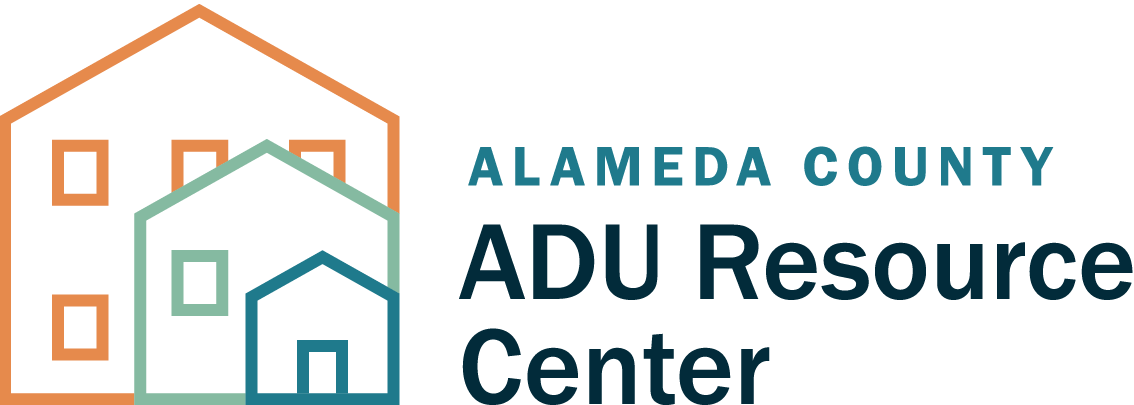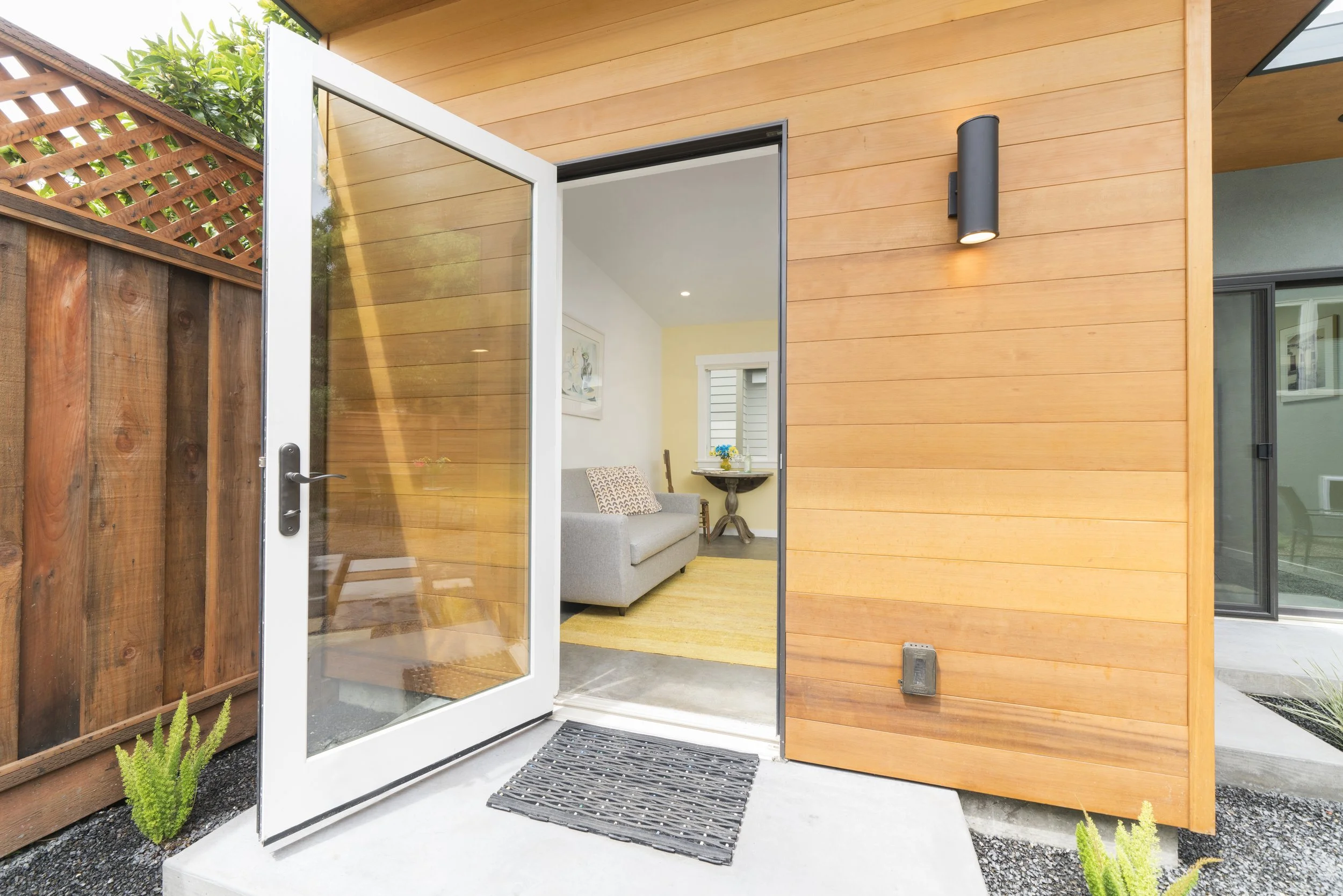Get Started
→ Clarify what you want
→ Get inspired by other ADUs
→ Estimate project cost
Project Timeline
Getting Started is part of the Planning phase, which typically takes the first 1-3 months. Most ADU projects take 12-18 months to complete, but some extend to 24 months or more.
Getting Started FAQs
Here are a few of the most frequently asked questions about getting started. See the content below and our ADU Guidebook for more guidance, resources, and tips for all steps of the process.
-
The best place to start is by thinking about what you want, understanding your goals and concerns, and looking at other ADUs for inspiration. Once you have some ideas in mind, you can consider your budget and move on to Learning the Rules to figure out what you can build on your property.
You can also use our Process-At-A-Glance resource for an overview of the steps and some initial issues to consider as you get started.
-
Building an ADU is an investment of time as well as money. Most projects take one to two years to complete. Typically, it takes homeowners one to three months to get started and assemble their team, then one to six months to develop plans, meet with local staff, and submit the application. Depending on what permits are required, how many rounds of review are required, and how quickly a homeowner and their project team can respond to comments, it will take one to six months to get permits. Construction usually takes six to twelve months.
ADUs and JADUs are allowed in any zone that allows single family or multifamily homes and can be added to existing or proposed homes.
-
You’re not required to tell your neighbors about your ADU, but it’s always a good idea to communicate with them early in the process. Your project will run more smoothly if they are kept informed, and they may have great ideas for your project.
If you live in a Neighborhood or Homeowners Association, talk with your representative or board early in the process. They can’t prevent you from building or renting an ADU, but they may have guidelines you’ll need to know for design and construction. Depending on where you live, written approval from your HOA may be required before you can get permits.
-
If your property has an onsite septic system, you will likely need to apply for additional permits from the Alameda County Department of Environmental Health (DEH). It is important to know this early on in the process and meet with DEH to see if you are able to accommodate an ADU on your property. If you can, the permit process can add months and significant costs to the process of building.

Getting Started Key Resources
These guides and resources are here for you as you get familiar with the process of building your dream ADU.
PROCESS AT-A-GLANCE
An overview of each step in the process.
ADU GUIDEBOOK
A step-by-step guide to building an ADU in Alameda County.
FLOORPLANS GALLERY
A gallery of real-world ADUs built throughout California.
Getting Started
Getting started with an ADU project is what many feel is “the fun part” – you’ll think about your goals and the value an ADU will bring, look for design and layout inspiration, and start to figure out what will work on your property.
Before you begin …
Make sure you understand the types of ADUs and the other content covered in our ADU 101, and look at our Process-at-a-Glance for an overview of the entire ADU process. You may also want to check out our Glossary to make sure you understand key terms.
Think about what you want
Start by thinking about your short and long-term goals and concerns for your ADU project and what kind of ADU is best for your needs. Our ADU Exercises have a checklist to get you started. Talk to friends and neighbors who have built an ADU and reach out to any builders or designers you know for a casual chat. Check out our ADU Stories and sample floorplans.
Keep in mind your plans might change once you hire a professional. On a more personal note, it’s a good idea to notify your neighbors about your project (not required but recommended), and to think about what it means to share space with tenants (and if that impacts your design and layout).
Make an informal sketch
Make a rough sketch of your property, including the existing home, any other structures, and space for a possible ADU. Use our ADU Exercises to help you with this step. (Note: You can update this sketch or make new versions as you continue to learn about your property and what’s possible.)
Estimate project cost
It’s never too early to start thinking about and planning for your project budget. A very rough placeholder for you to use is $450-$550 per square foot, including construction and other costs (design, fees, etc.). The real number can vary widely and depends on many factors. The Alameda County ADU Calculator is a great place to start when developing a budget. It provides a rough estimate of costs and income and will help you understand how choices can impact your budget over time, all customized to real local numbers.
See Budget & Finance for more information. Our Guidebook also contains details regarding the cost of ADU design, permitting, and construction.
Learn from others in your community
Anika and Mike, Hayward
Anika and Mike moved to Hayward to start their family and realized their large backyard would be perfect for an ADU. Now they have a great tenant who is a recent local graduate. They’re grateful for the extra income and love renting to someone who is just starting out their career.
Building community in our backyard

Find ADU plans that fit your needs
Check out the Floorplans Gallery for a variety of real life ADU plans from across the state.

Get started on the right foot with our ADU Guidebook
Your go-to, in-depth guide to building an ADU in Alameda County, from inspiration to move-in.
← Back
Adu 101
Next →











